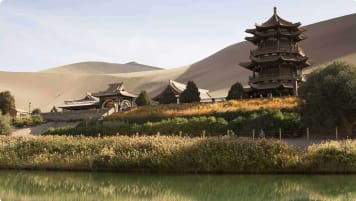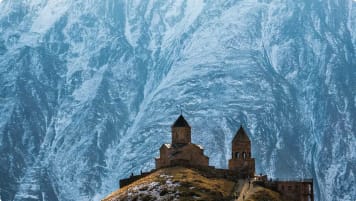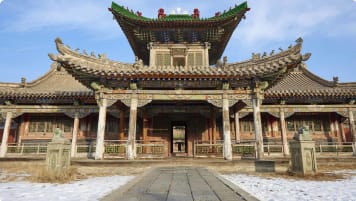Questions About Mongolia : The Definitive Guide for Senior Travellers
Explore and learn about on a seniors small group tour of Mongolia and its pastoral, cultural and historic settlement. Visit Ulaanbaatar, catch the train to Moscow, seek out dinosaurs as part of a small group.
28 Jul 19 · 2 mins read
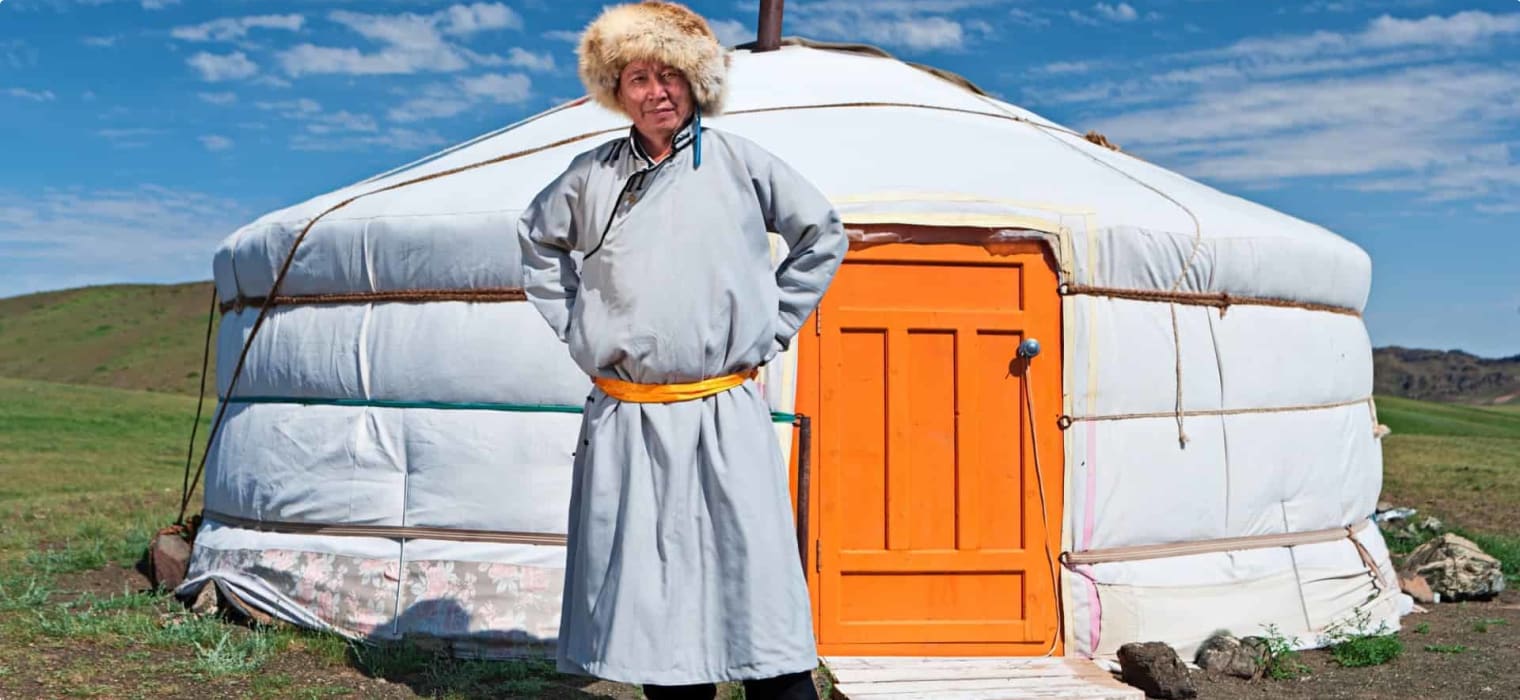
Questions About Mongolia for senior travellers.
Odyssey Traveller specialises in crafting unforgettable experiences for senior and mature-aged travellers interested in learning whether as a couple or solo traveller. Providing adventure and educational programs to escorted small group tours since 1983. Odyssey has built up a reasonable knowledge bank to answer questions about Mongolia that travellers are likely to ask, as they make their plans to tour independently, or with us as part of a small group tour. We hope that this list of frequently asked questions and the answers we provide will help you with planning your next holiday.
Read on, but please do not hesitate to contact us via the website, or through email or chat if you have more questions about Mongolia or our other tours.
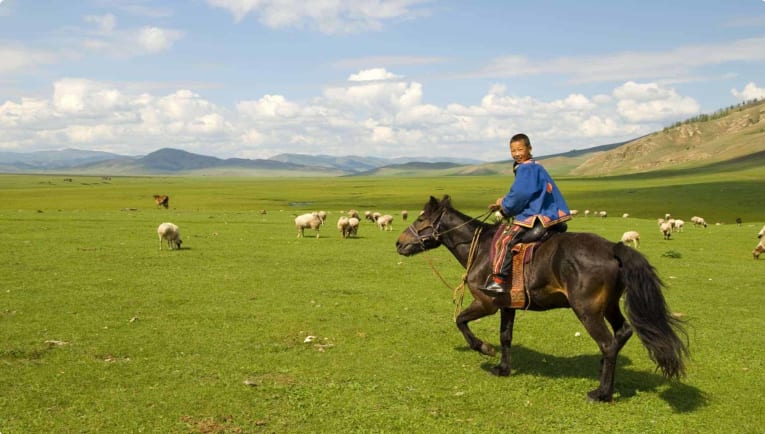
FAQs
Where is Mongolia?
Mongolia is a landlocked country, located in north-east Asia. It is sandwiched between Russia to the north and China to the south, and almost touches Kazakhstan to the west. Shaped a bit like an oval that has been flattened on top, it measures 2,392 km from west to east, and at its maximum, 782 miles from north to south.
Mongolia is the 18th largest country in the world, with an area roughly equivalent to all the countries of western and central Europe put together. The capital, Ulaanbaatar, is in the north-east of the country.
Mongolia is deep in the interior of Asia, far from any sea, leading to a famously extreme continental climate with long cold winters and short cool-to-hot summers.
Why is Mongolia the least densely populated country?
One thing you might know about Mongolia is that it is the least densely populated country in the world. The reason why is complex, but it owes a lot to the extreme continental climate mentioned above. Mongolia has very little arable land (or land suitable for growing crops). Three-fourths of the land consists of grassy steppe, which support immense herds of grazing livestock. The rest is divided between forests and barren deserts, with a tiny portion used for agriculture.
The prehistoric people who lived in what is now Mongolia adapted to this environment. While some agriculture was present, the dominant culture of Mongolia was pastoral nomadism. The nomads of Central Asia were the first to domesticate the horse, which they used to herd livestock from steppe to steppe in search of green pastures. In the ancient world, nomads from Mongolia roamed from what is now Romania and Bulgaria in the west to today’s Manchuria (north-eastern China). Yet, unlike agriculture, nomadism could only support small populations, meaning that Mongolia never developed the population densities of nearby China.
Even today, an estimated 25 to 40 percent of people still live as nomadic herders. Much of the sedentary population is urbanised, with the capital Ulaanbaatar comprising around 45% of the nation’s population with a population of 1.3 million.
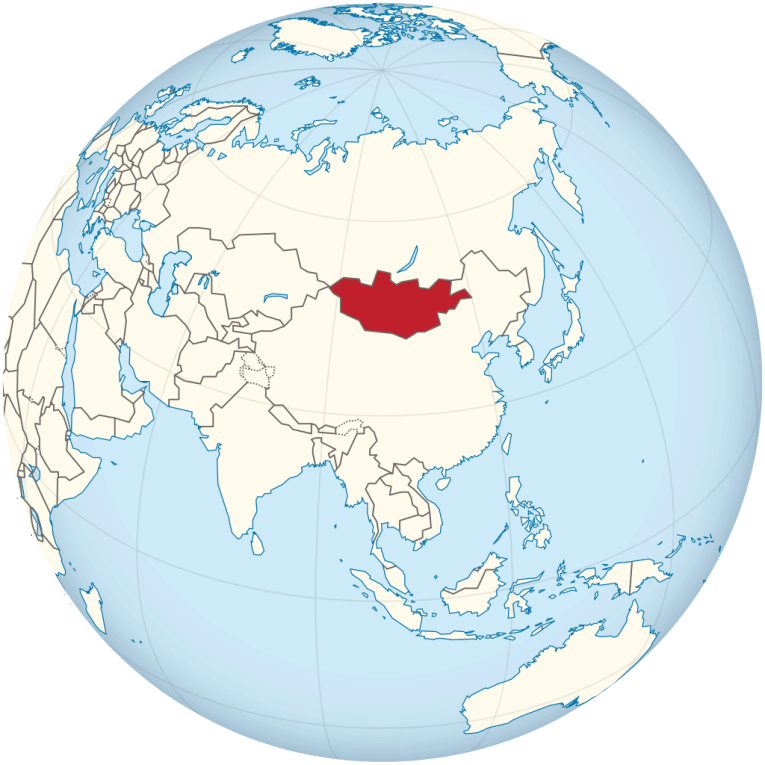
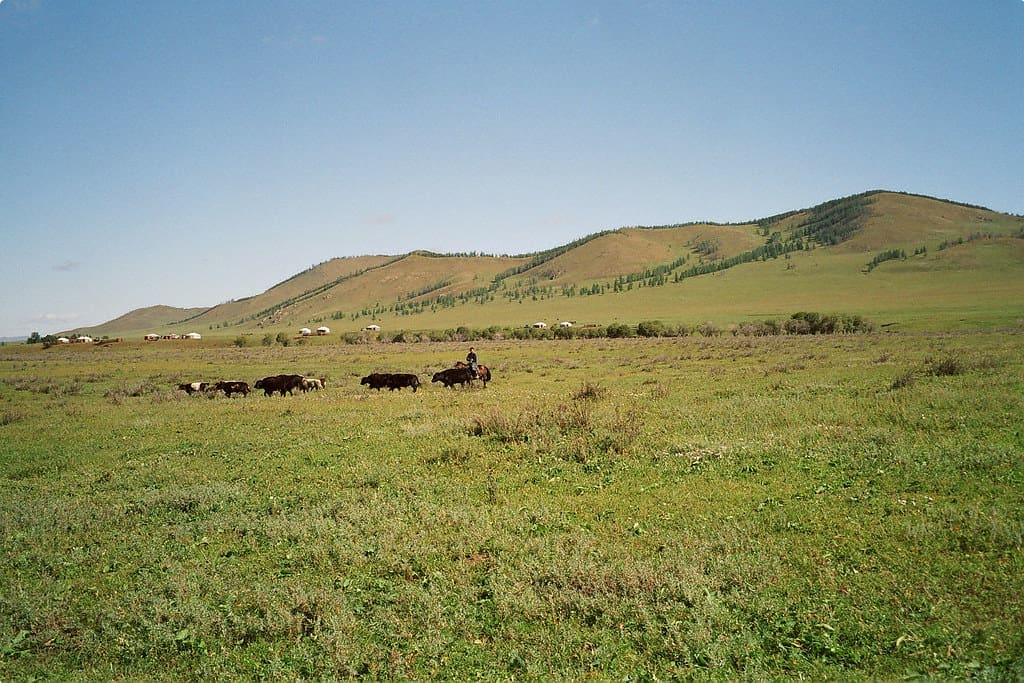
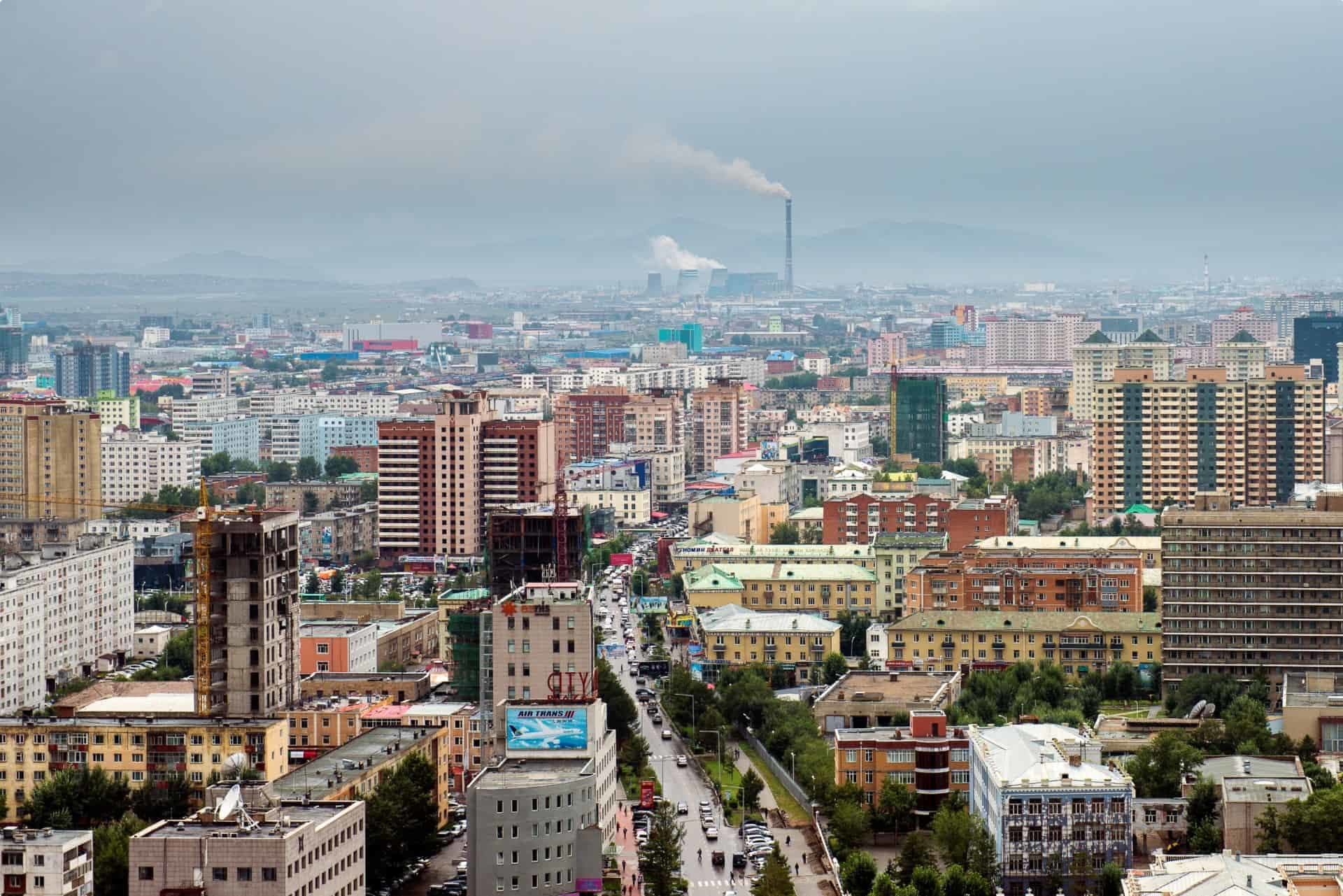
Who founded Mongolia?
Mongolia wasn’t founded by one person but has a long and complex history. As mentioned above, the pastoral nomads of what would become Mongolia were the first to domesticate the horse. As a result, pastoral nomads had a mastery of the horse not shared by sedentary peoples. It was easy for them to dominate the scattered agricultural societies in the area.
All Mongolian people recognise their kinship to one another, expressed through shared history and language. Traditionally, however, the Mongolian people have been divided into clans based on blood relationship. While war between clans was common, at other times nomads formed giant confederations which could threaten the most powerful ancient states.
The Mongols appear as fearsome figures throughout Chinese history. Successive groups – the Xiongnu, Xianbi, Geuogen, Turks and Khitan, threatened Chinese supremacy first through raids and then the formation of powerful empires on the border. In response to these incursions, the famous Great Wall of China was built.
The most famous Mongol incursions, however, were led by Genghis Khan in the 12th century. Genghis Khan’s military campaigns spread across Asia, creating an empire that at its height was the largest contiguous empire in world history, spanning from the Danube River in the west to the Pacific Ocean in the east.
How did the Mongols fall?
Following Mongolian tradition, Genghis Khan divided the empire between his four favourite sons on his death, while a general assembly of Mongol nobles voted his middle son Ögödei ‘great khan’. During this period, expansion continued: the Mongols conquered Russia and staged raids on Poland and even Germany. They also further expanded into Iran, Iraq, and Syria.
The division of the empire led to fueds after Ögödei’s death, however as Genghis Khan’s children and grandchildren fought to be the ‘Great Khan’. While all his descendants continued to expand Mongol territory, the Empire became so vast that there was little cultural consistency. The descendants of Genghis Khan began to identify with the cultures they conquered, such as Kublai Khan, the first non-Chinese person to conquer all of China. Mongolia was no longer the heart of the Mongolian Empire.
While the Mongols would eventually be expelled from China, Genghis Khan’s descendants would shape world history. Most famous is the ruler Timur (Tamerlane), who tried to regain Mongol power, staging invasions from India to Russia. Tamerlane’s descendants ruled Central Asia for centuries, and his descendent Babur would conquer Delhi, beginning the powerful Mughal Empire of India (note the similarities between Mongol and Mughal). In Iran, the descendants of Mongol rulers in the Middle East – known as the Il-Khans – ruled for centuries, creating a culture that fused Mongol, Chinese, Iranian and Turkish elements, particularly in the famed Chinese-style miniatures of the 13th and 14th centuries; while in Russia the last khanate was defeated as late as 1783.
When did Mongolia become independent?
While the descendants of Genghis Khan continued to shape the world, the actual land of Mongolia was divided between rival tribes again. During this time there was a revival of Buddhism in the region.
Finally, China conquered large parts of southern Mongolia. While northern Mongolia was also conquered by China a hundred years later, significant cultural gaps emerged, as southern Mongolia was more closely integrated with China. Today, southern Mongolia is the Chinese autonomous province of Inner Mongolia.
By the late 19th century, European colonisation meant that China, though still technically independent, was essentially a shell of its former power. In 1913, Mongolia (along with Tibet) declared independence from China. However, Russia and China refused to accept Mongolian independence, and a treaty was signed in 1915 in which Mongolia was obliged to accept autonomy under Chinese rule.
Following the Russian Revolution, however, Mongolian nationalists formed an alliance with the Bolsheviks. After a brief period of Tsarist rule under the notoriously brutal ‘Mad Baron’ Roman von Ungern-Sternberg, Mongolia was declared an independent constitutional monarchy. Soon afterwards, the Soviet Union brought Mongolia under their sphere of influence. While nominally independent, the Communist ‘People’s Republic of Mongolia’ remained in the Soviet sphere of influence until the collapse of the Soviet Union in 1991.
The Great Wall of China – built to repel Mongol invaders
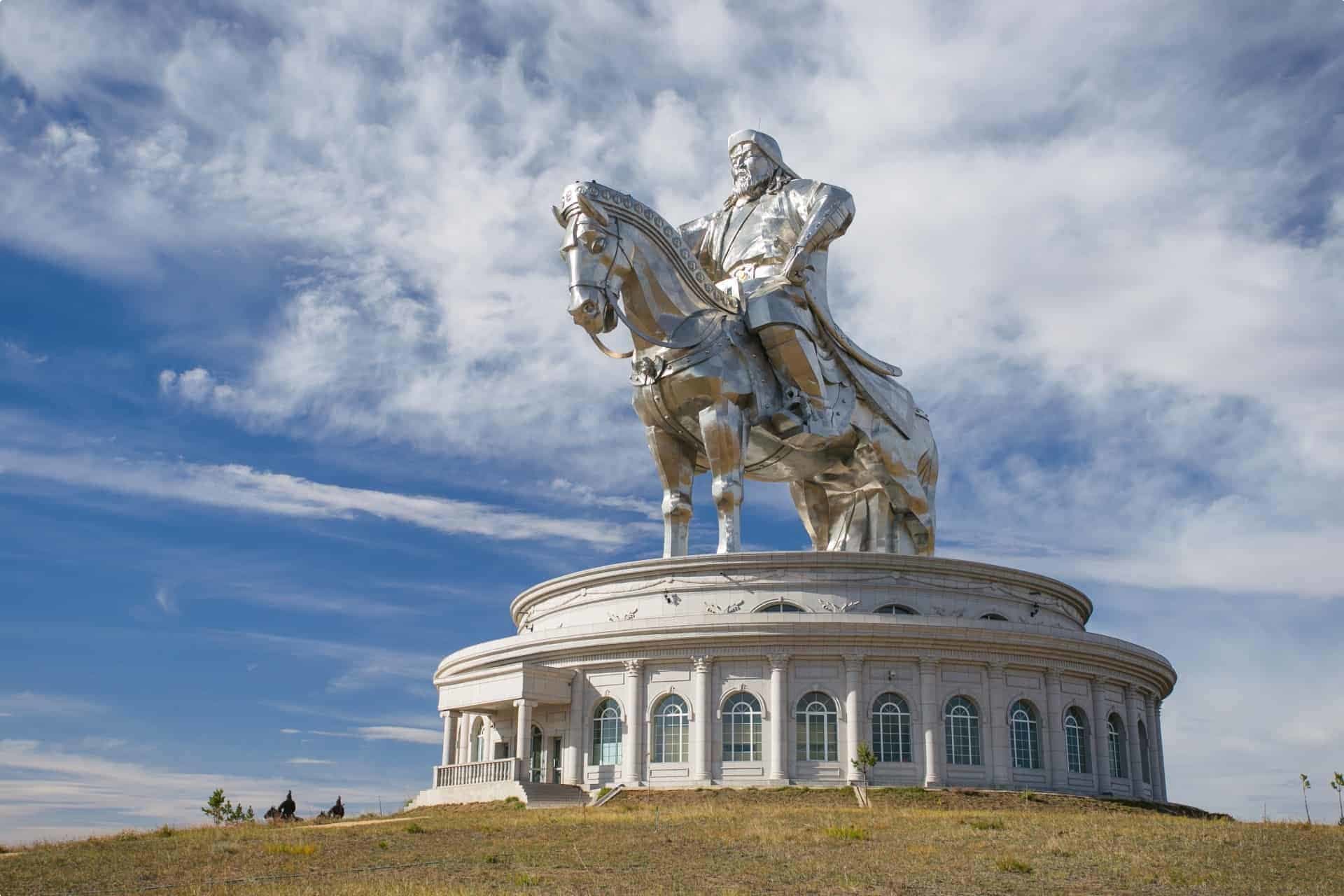
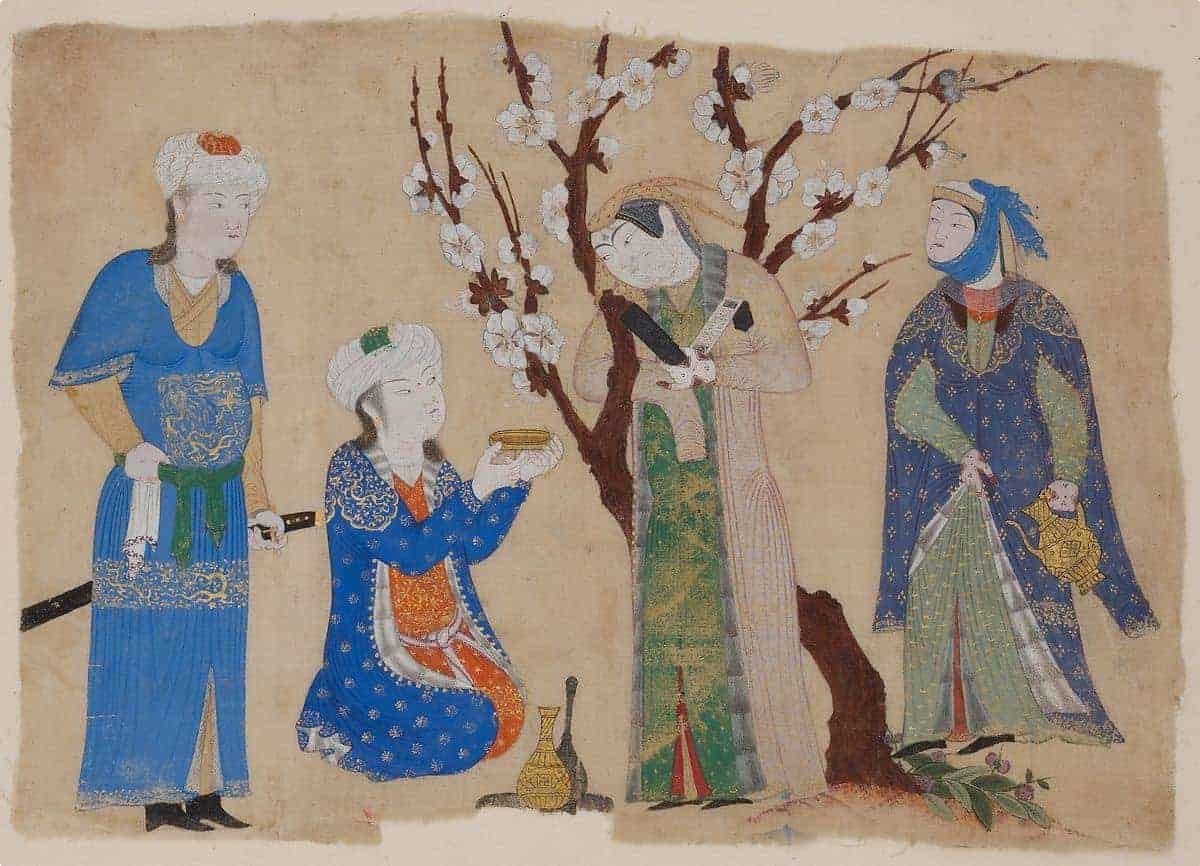
Can you visit Mongolia?
Of course! The Australian Government considers Mongolia to be safe to visit, as does the US Department of State. In fact, Odyssey Traveller offers several tours of Mongolia. Why not learn more about the culture and history of this fascinating and remote country, or join a paleontological dig? (More on that later). Odyssey also offers the chance to combine Mongolia with Russia on a journey from Asia to Europe on the famous Trans-Siberian Railway.
Where to go in Mongolia?
Mongolia has plenty to offer the intrepid traveller. For one, the landscape is both varied and spectacular. Gurvan Saikhan National Park in the Gobi desert is home to eerie landscapes and endless sand dunes, while Khustain National Park is endless vivid green plains, populated by Mongolia’s wild horse, the takhi.
Mongolia is also home to several Buddhist monasteries. Gandantegchinlen Monastery, located in Ulaanbaatar, was built in 1809 and is the seat of Buddhism in Mongolia today. Also worth visiting is the elegant Amarbayasgalant Khiid monastery, built between 1727 and 1737.
Most fascinating is Mongolia’s living nomadic culture. The summer festival of Naadam, dates back to ancient times, in which nomadic warriors gathered to play ‘the three games of men’. It’s easy to imagine the warriors of Genghis Khan demonstrating their prowess and archery, wrestling and horse-racing in much the same way. Spectators dress up in traditional clothing, catch up with family and friends, and eat traditional food.
Long before Genghis Khan, the steppes and deserts of Mongolia were ruled by dinosaurs. Paleontologists discovered the first nest of dinosaur eggs in Mongolia in 1928, transforming our understanding of dinosaurs. The Gobi Desert is filled with fossils, including the famous ‘Fighting Dinosaurs’ (a fossil of a Protoceratops and a Velociraptor locked in combat). Today, Mongolian paleontologists led by Dr. Tsogtbaatar Khishigjav are continuing to find specimens in the Gobi Desert. Odyssey Traveller offers travellers the opportunity to join a dig in the Gobi Desert, in a hands-on experience that will allow you to participate in actual excavations and make new discoveries.
Where to stay in Mongolia?
Well, you can stay in a hotel, of course. But why not stay in a ger?
Dating back thousands of years and still in use today, the ger was the home of Mongolia’s nomads – a portable circular tent with a wood structure and felt walls for insulation.
Ger stays range from commercially operated ‘tourist ger camps’ with nice mattresses, electricity, and even wi-fi, to family ger stays, in which you will join a nomadic family, sleeping on the floor of their ger.
If you choose a family stay, be aware that there’s little privacy – most families only have the one ger, with no walls or divisions between living spaces and beds. But a family stay offers an incredible window into nomadic life. Make sure to follow etiquette – take the time to drink tea and talk with the family before settling into your own space, bring a gift for the family (particularly children), and if you accidentally kick someone’s foot, shake their hand. Remember this ancient Mongolian proverb: ‘if you drink water from the land then you must follow the custom.’
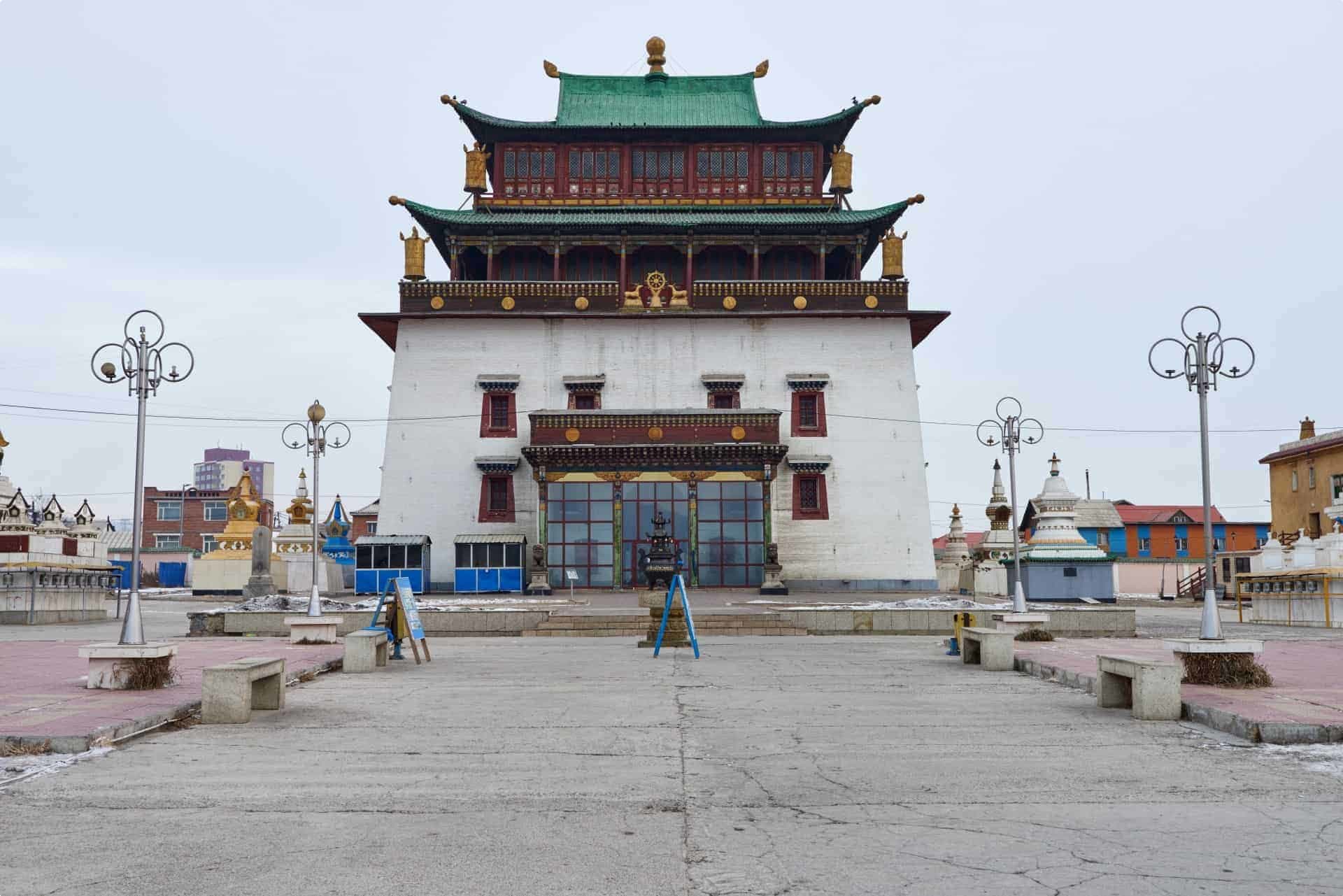
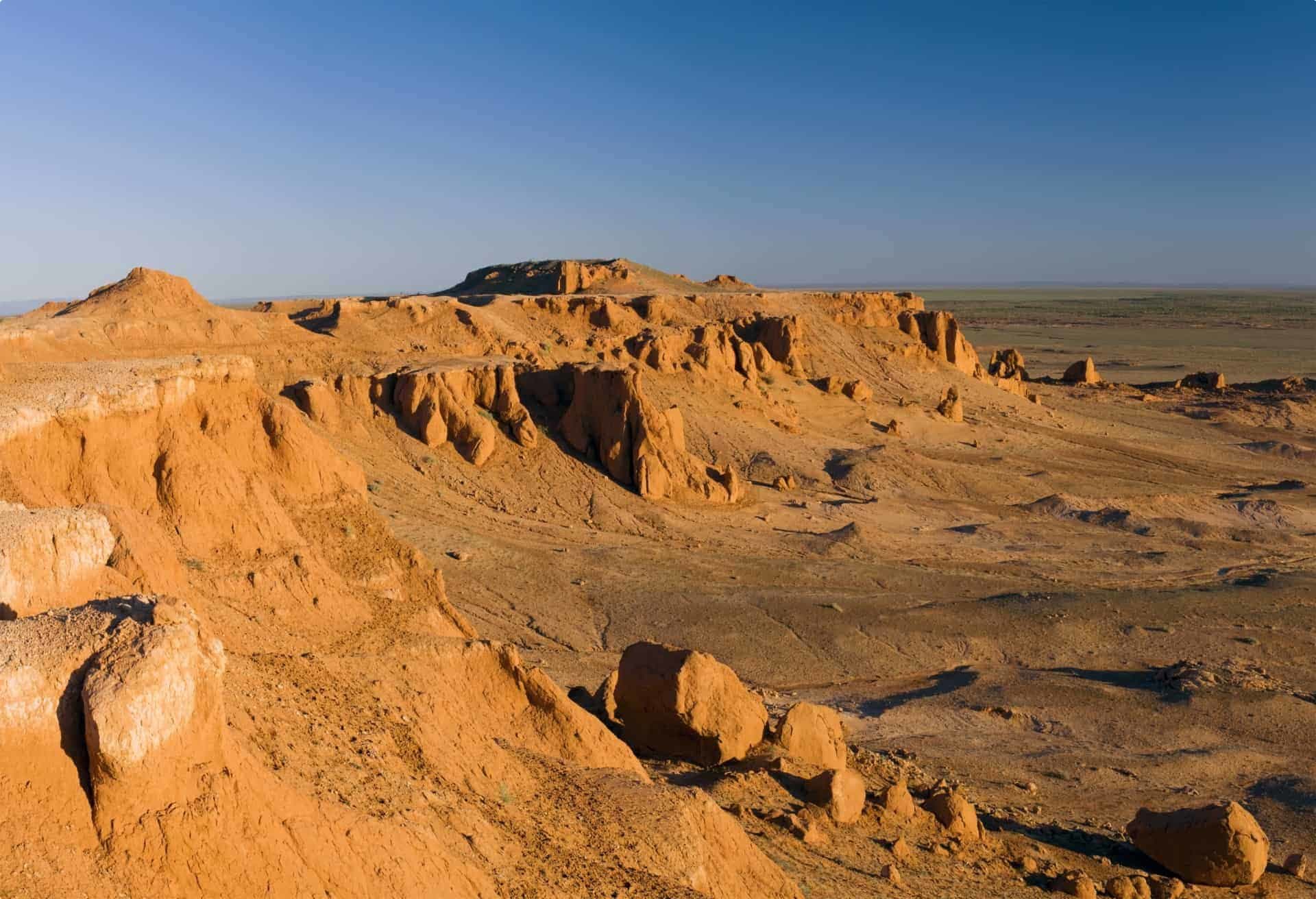

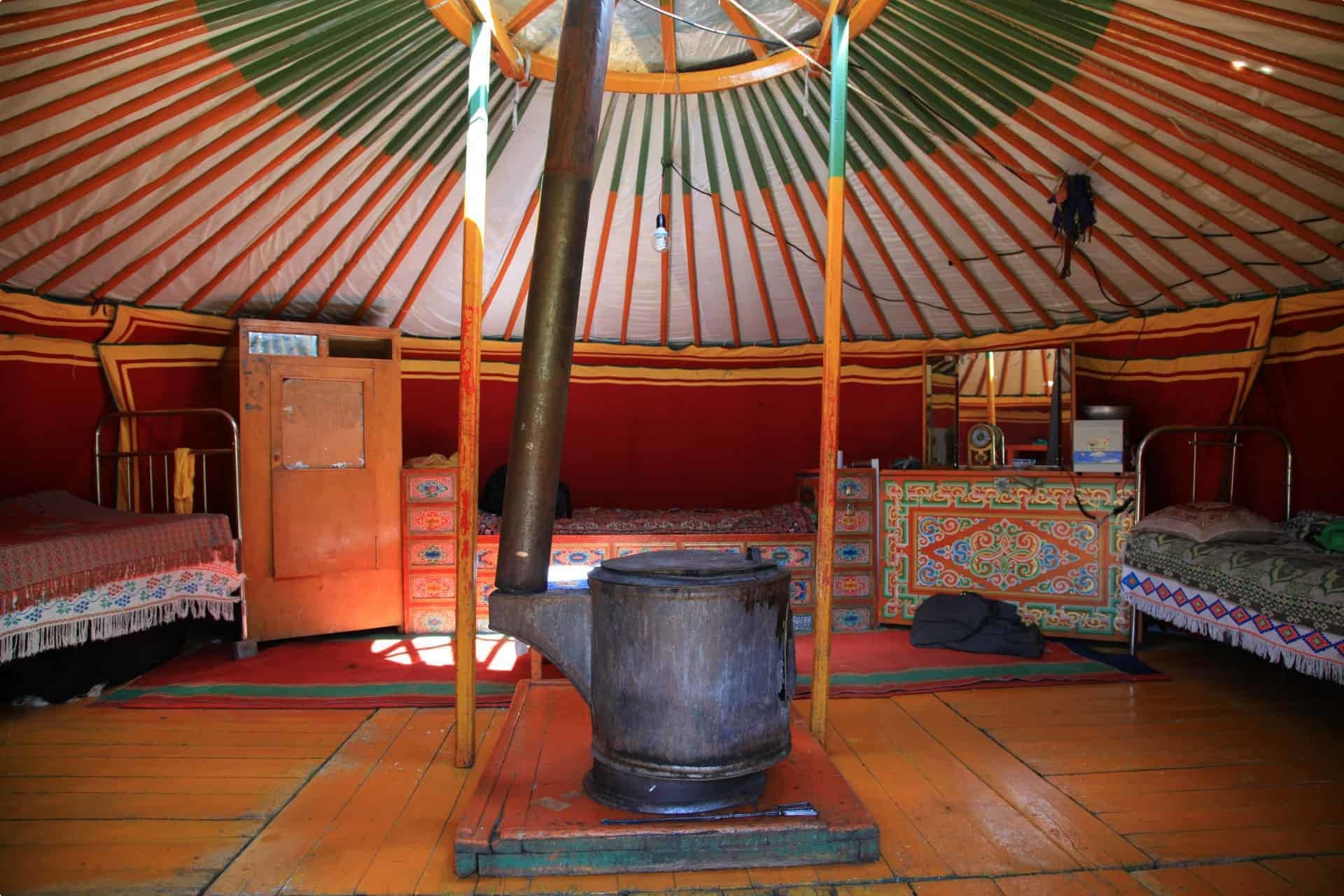
What do they eat in Mongolia?
Mongolian food reflects the cultural tradition of nomadism. It is largely based on meat and milk and is low on spice. Key to the cuisine are the ‘five snouts’ – horses, sheep, goats, camels and yaks. The cultural importance of horses doesn’t protect them from having a key role in the Mongolian diet, and horse meat is widely available. Yak milk and yaks’ cheese are particularly key to the Mongolian diet, used in soups and curds.
Mongolia has a barbecue tradition known as khorkhog, a mutton and vegetable stew cooked for several hours over an open fire. Meat dumplings are common, though in contrast to their Chinese relatives, they’re made from thick dough and often fried. Another popular dish is tsuivan, a hearty noodle stew made with roughly cut noodles combined in stock with meat, usually mutton, vegetables, and sometimes curd made from yak’s milk.
Don’t expect to eat Mongolian Beef in Mongolia – despite the name, the recipe is believed to have been invented in China or Taiwan. Regular cows couldn’t survive the harsh Mongolian winter, anyway.
When to go to Mongolia?
Given the chilly winter temperatures, the summer is the best time to visit with a mild daily average of between 21-25 degrees. A visit in July will also allow you to experience the Naadam festival.
Reflecting this, Odyssey tours leave in May, July, and September each year, depending on which tour you take.

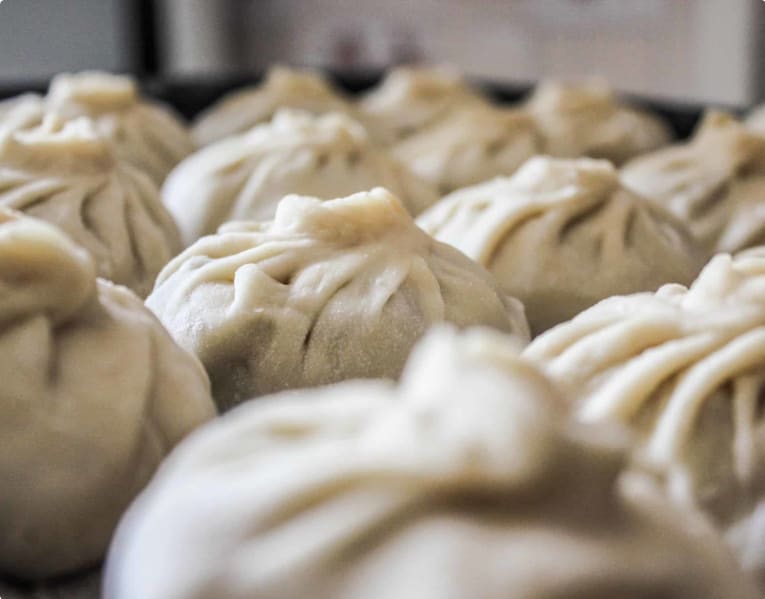
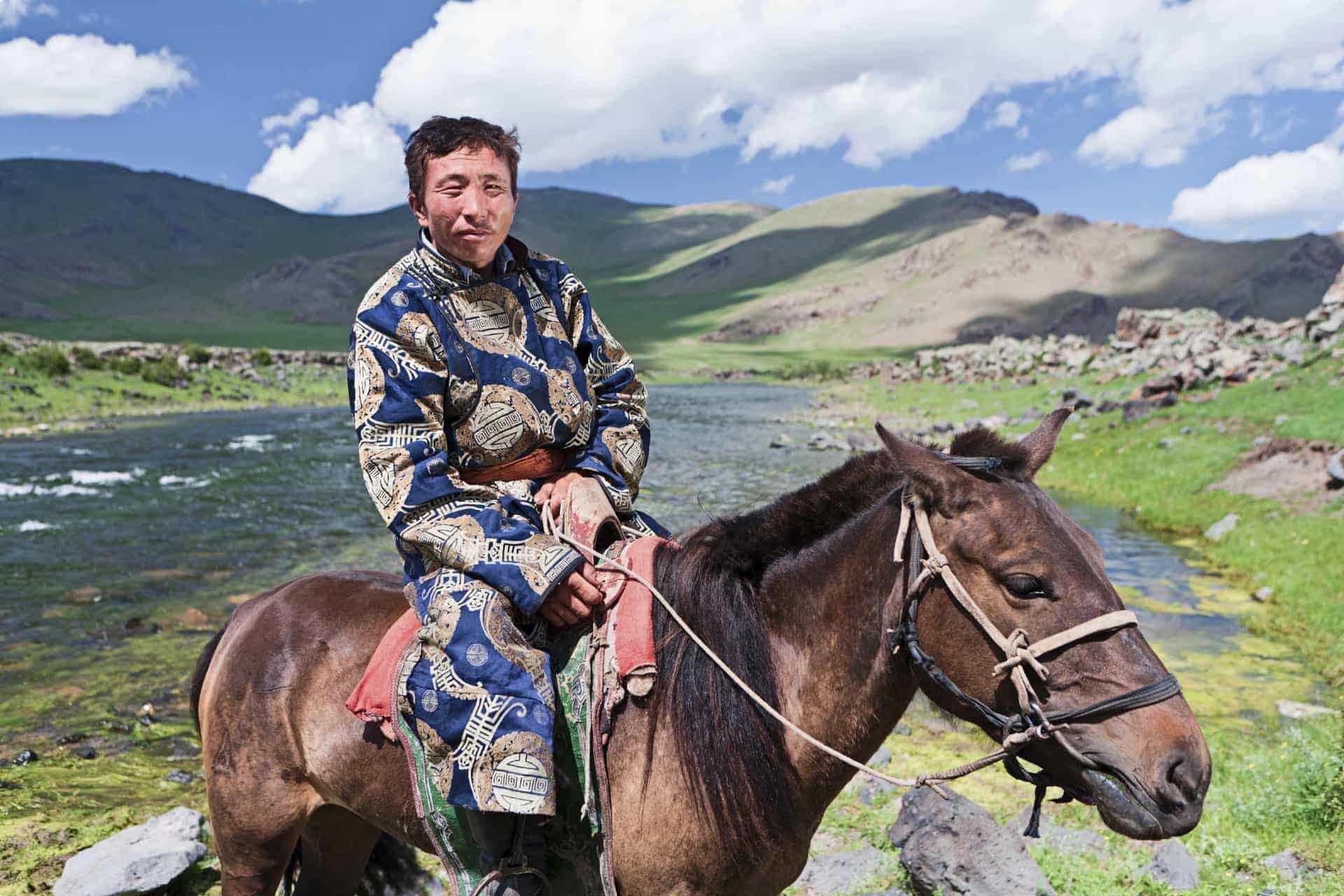

Related Tours

20 days
Sep, AugMongolia Small Group Tour | Discover the history and culture of Mongolia
Visiting Mongolia
Mongolia is a relatively unexplored country for travellers but it has many diverse landscapes to explore, and interesting cultures to become acquainted with, all existing in a country with few cities and towns but with extensive rural lands that remain the domain of nomadic herders. Small group tour for couples or solo travelers
From A$13,750 AUD
View Tour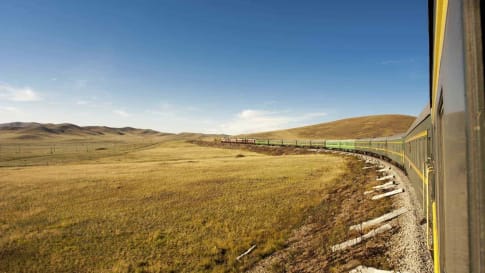
days
JulJourney through Mongolia and Russia small group tour
Visiting Mongolia, Russia
This escorted small group tour traverses this expanse, from Ulaanbaatar to St Petersburg; from the Mongolian Steppes to Siberian taiga and tundra; over the Ural Mountains that divide Asia and Europe to the waterways of Golden Ring. Our program for couples and solo travellers uses two of the great rail journeys of the world; the Trans Mongolian Express and the Trans Siberian Express.
From A$17,850 AUD
View Tour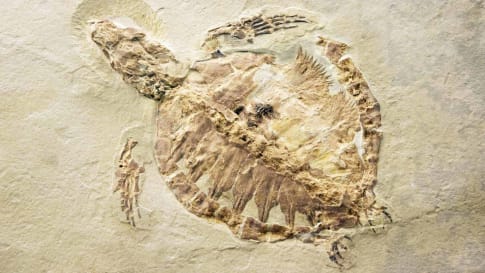
15 days
May, Aug, SepMongolia Dinosaur Dig Tour | Small group tour in the Gobi Desert
Visiting Mongolia
The first dinosaur nest of eggs was discovered in Mongolia during 1928.Following an introduction to Mongolian history, culture and desert landscapes, participants will Experience eight days on a paleontological dig. Small group tour for couples and solo mature travellers interested in Mongolia and Dinosaurs.
From A$15,675 AUD
View TourArticles
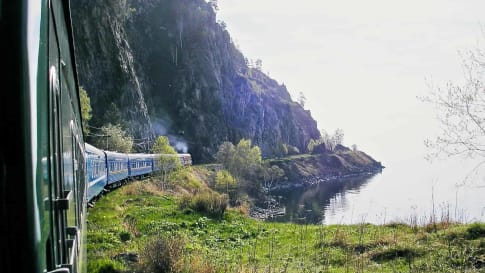
Trans-Mongolian Railway
Measuring 2080 kilometres, and situated between the borders of Russia’s far east and China’s North, the Trans-Mongolian railway is journey steeped in the history of great powers.

Ulaanbaatar, Mongolia
Ulaanbaatar, Mongolia Mongolia’s Capital of Ulaanbaatar is a city whose history is written in its landscape, architecture and people. Located at 1,350 m (4,430 ft) above sea level and close to the river Tuul, Ulaanbaatar…
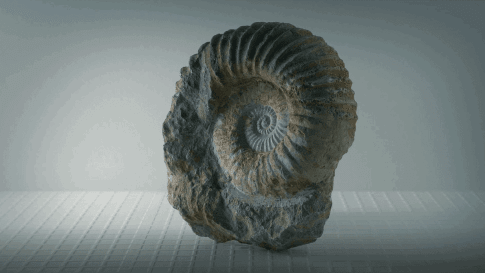
Dinosaurs and Dinosaur Fossils: The Definitive Guide for Travellers
Dinosaurs and Dinosaur Fossils Knowledge of dinosaurs exploded into the mainstream through Hollywood magic, thanks to Stephen Spielberg’s animated drama adventure Land Before Time (1988, co-produced with George Lucas of Star Wars fame) and the suspenseful Jurassic Park (1993) and…

